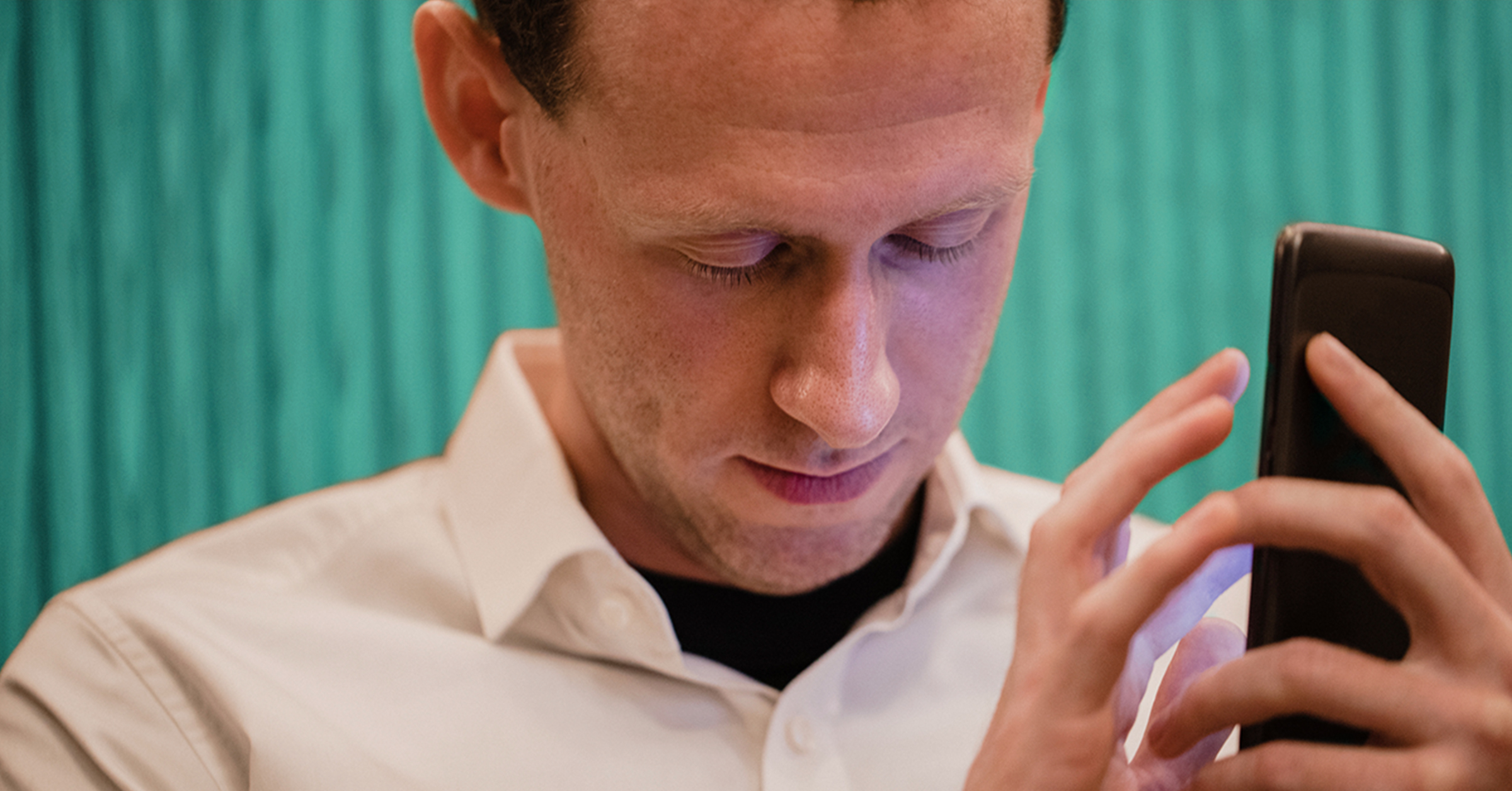
Demystifying Accessibility with Roman Kabelka: A Deep Dive into Assistive Technology
 We recently had the privilege of inviting Roman Kabelka, a seasoned accessibility (a11y) consultant and a registered blind individual, to our Brno office to introduce us to the world of assistive technology and the challenges it helps overcome.
We recently had the privilege of inviting Roman Kabelka, a seasoned accessibility (a11y) consultant and a registered blind individual, to our Brno office to introduce us to the world of assistive technology and the challenges it helps overcome.
Beginning his journey with a computer specifically designed for the visually impaired, Roman has since advanced through an intriguing career trajectory. From being an A11y consultant to his current role as a sound engineer at a local radio station, Roman's journey intertwines remarkably with our team, where two of our members have transitioned from sound engineering to A11y.
Roman's Profound Insights into the Challenges of Accessibility
Roman kicked off the session by highlighting how assistive technology is utilized by different individuals, and the specific challenges they encounter. An eye-opening revelation was understanding the unique struggles faced by individuals who are deaf from birth compared to those who lose their hearing later in life. For those living with blindness, Roman succinctly expressed the complexities of navigating unknown spaces when 75% of it depends on sight.
Roman's Assistive Technology Toolbox
In an engrossing demonstration, Roman introduced us to his array of daily-use devices, each contributing in a unique way to his independence and productivity:
- A handheld color and light detector that vocalizes colors or emits tones depending on light levels.
- A small device that communicates with beacons placed across Czech and Slovak towns, triggering auditory announcements in trams or at road crossings.
- A Braille keyboard, providing tactile feedback and Braille input. Interestingly, Roman explained that source code can often be better understood in Braille.

- “Fuser”-printed documents, using special paper to produce documents with raised sections for tactile reading.

- The “SeeingAI” iPhone application that recognizes and describes objects with striking accuracy.
And let's not forget Elon, Roman's loyal golden retriever, an essential “piece of equipment” who played a crucial role in the session, reminding us of the invaluable assistance service animals provide.
Historical Milestones in Accessibility
From the advent of radio broadcasting to the invention of Braille, Roman guided us through significant events that have impacted the lives of the visually impaired, including the introduction of the first microcomputer for blind individuals developed by Milan Hudecek from Brno.
Incorporating A11y Principles for an Inclusive User Experience
In an essential segment of the session, Roman underscored the key principles we can integrate into our products to make them accessible, focusing on the correct implementation of controls and labels, keyboard accessibility, and more.
One of the key takeaways was the importance of headings and navigation elements in accessible web design. Roman demonstrated how he uses the page heading to swiftly navigate through sections and understand the structure of a page.
A Real-Time Web Page Demo with Roman
The session concluded with Roman navigating web pages, using the BBC news website and our own Anthology website as examples. Witnessing Roman's interaction with a screen reader at an incredibly fast reading speed was mind-boggling, though he graciously slowed down for us!
One memorable moment was witnessing Roman navigate a subscription dialog pop-up. While it was a blocker for us sighted users, Roman, oblivious to the modal due to its non-announcement to the screen reader, continued to interact with the page as though it wasn't there. This  experience reminded us of the critical differences in the way users of assistive technology interact with web pages.
experience reminded us of the critical differences in the way users of assistive technology interact with web pages.
Conclusion: Make Inclusivity the Standard, Not the Exception
In conclusion, Roman's session was a trove of eye-opening insights, underlining the importance of a deeper understanding of accessibility in designing and implementing our products. We're immensely grateful to both Roman for demonstrating and Tomas Ruzicka for organizing the session.
